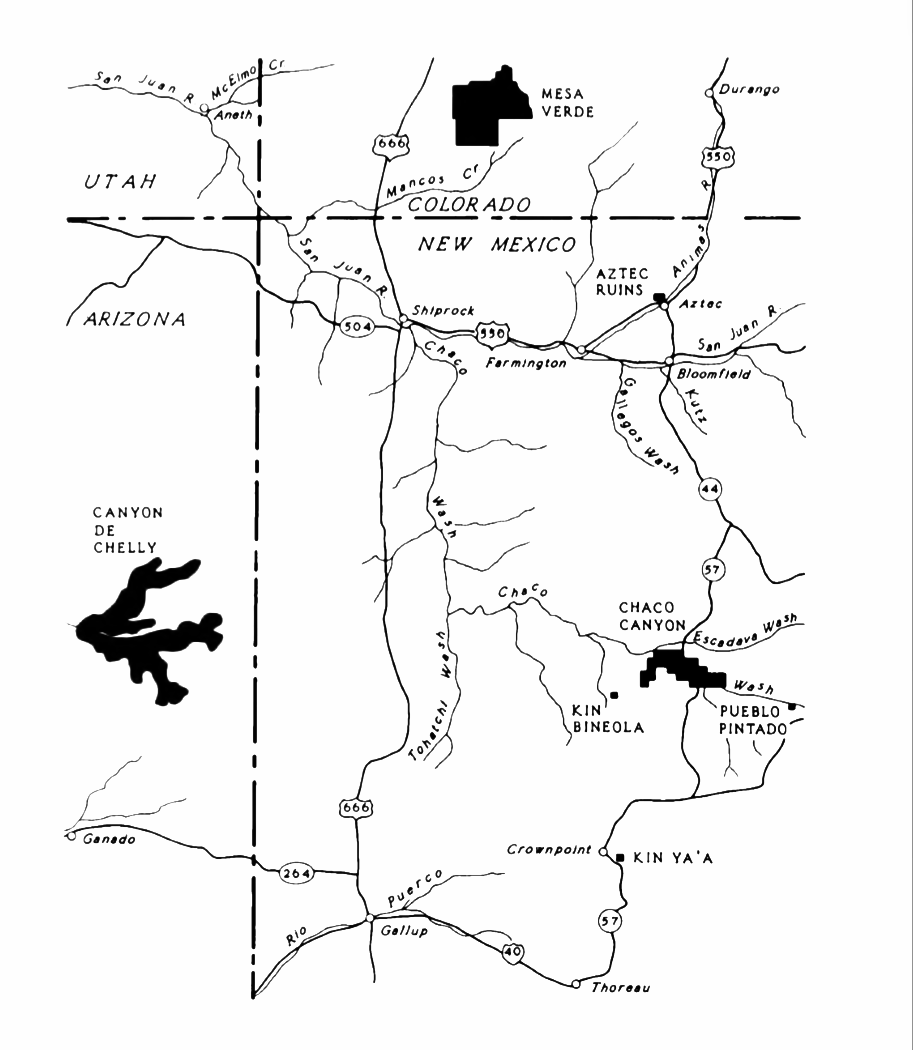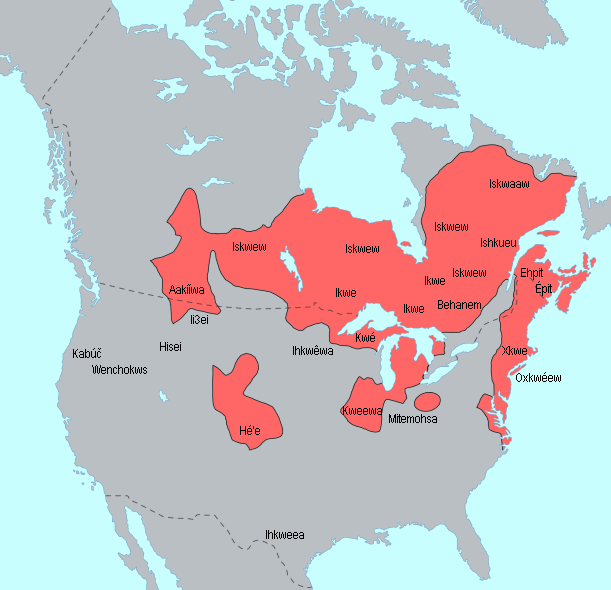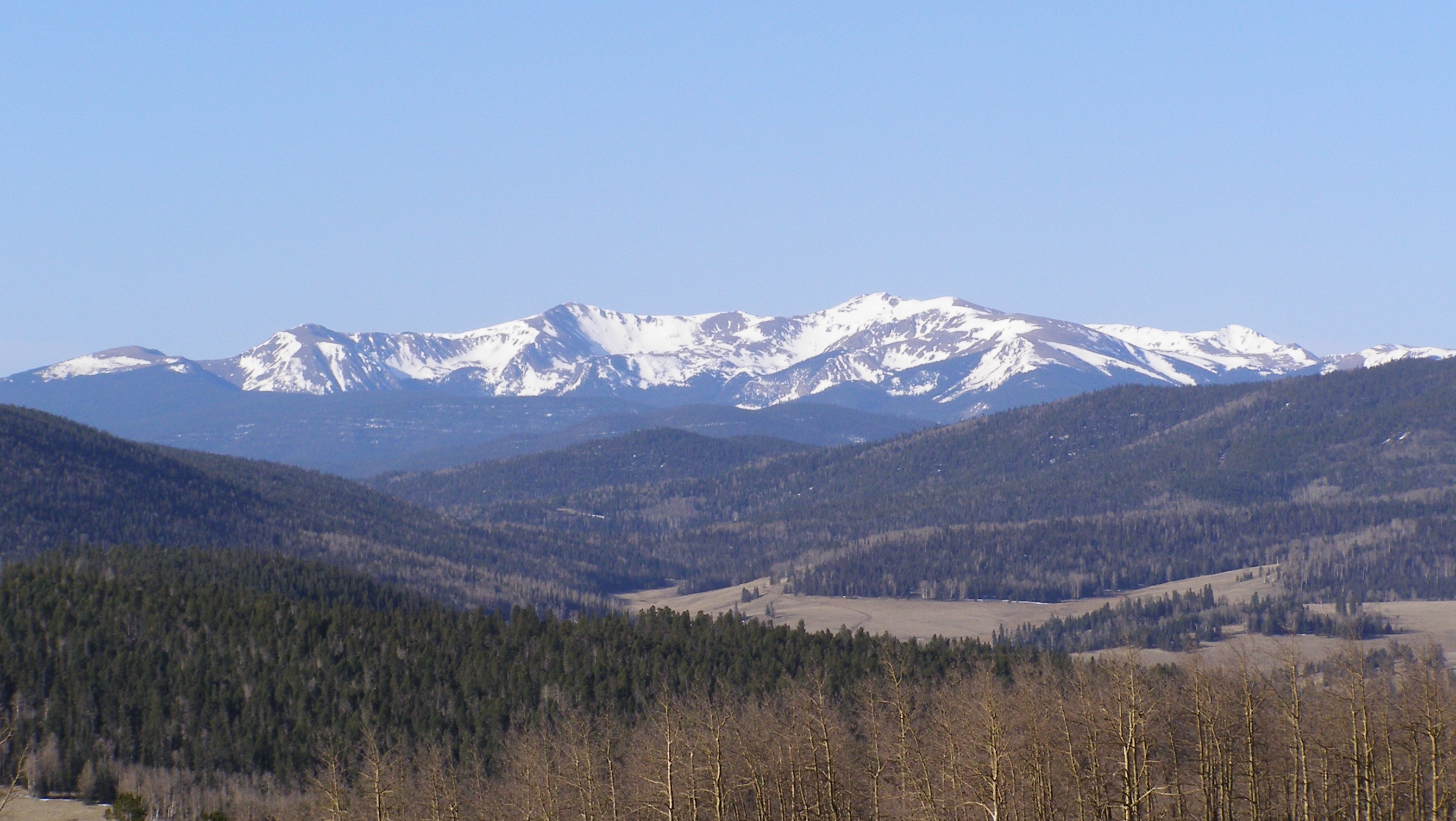|
History Of Colorado
The region that is today the U.S. state of Colorado has been inhabited by Native Americans and their Paleoamerican ancestors for at least 13,500 years and possibly more than 37,000 years. The eastern edge of the Rocky Mountains was a major migration route that was important to the spread of early peoples throughout the Americas. The Lindenmeier site in Larimer County contains artifacts dating from approximately 8720 BCE. When explorers, early trappers, hunters, and gold miners visited and settled in Colorado, the state was populated by American Indian nations. Westward expansion brought European settlers to the area and Colorado's recorded history began with treaties and wars with Mexico and American Indian nations to gain territorial lands to support the transcontinental migration. In the early days of the Colorado gold rush, Colorado was a Territory of Kansas and Territory of Jefferson. On August 1, 1876, Colorado was admitted as a state, maintaining its territorial bor ... [...More Info...] [...Related Items...] OR: [Wikipedia] [Google] [Baidu] |
Ancestral Puebloans
The Ancestral Puebloans, also known as Ancestral Pueblo peoples or the Basketmaker-Pueblo culture, were an ancient Native American culture of Pueblo peoples spanning the present-day Four Corners region of the United States, comprising southeastern Utah, northeastern Arizona, northwestern New Mexico, and southwestern Colorado. They are believed to have developed, at least in part, from the Oshara tradition, which developed from the Picosa culture. The Ancestral Puebloans lived in a range of structures that included small family pit houses, larger structures to house clans, grand pueblos, and cliff-sited dwellings for defense. They had a complex network linking hundreds of communities and population centers across the Colorado Plateau. They held a distinct knowledge of celestial sciences that found form in their architecture. The kiva, a congregational space that was used mostly for ceremonies, was an integral part of the community structure. Archaeologists continue to d ... [...More Info...] [...Related Items...] OR: [Wikipedia] [Google] [Baidu] |
Colorado Eastern Plains
The Eastern Plains of Colorado refers to a region of the U.S. state of Colorado east of the Rocky Mountains and east of the population centers of the Front Range. Geography The Eastern Plains are part of the High Plains, which are the westernmost portion of the Great Plains. The region is characterized by mostly rolling plains, divided by the South Platte River and Arkansas River valleys. There are also several deciduous forests, canyons, buttes, and a few large natural lakes and rivers throughout the region. The Eastern Plains rise from approximately 3,400 feet (1,000 m.) at the eastern border of Colorado with Kansas, where the Arkansas River leaves the state, to 7,500 feet (2,300 m.) east of the Denver Basin. Most of the Eastern Plains region lies within Colorado's 4th congressional district. Climate The Eastern Plains have a semi-arid climate and receive little rainfall. Much of the area relies on irrigation to survive. Summers are typically hot and dry, often bringing ... [...More Info...] [...Related Items...] OR: [Wikipedia] [Google] [Baidu] |
Colorado Piedmont
The Colorado Piedmont is an area along the base of the foothills of the Front Range in north central Colorado in the United States. The region consists of a broad hilly valley, just under 5000 ft (1500 m) in elevation, stretching north and northeast from Denver in the valley of the South Platte River, as well as along the Arkansas River valley southward from Colorado Springs. The name Colorado Piedmont also refers to the physiographic section of the Great Plains province. Description The Colorado Piedmont elevation is lower than the foothills, but is also slightly lower elevation than the High Plains to the east. According to current geologic theory, the Piedmont was formed approximately 28 million years ago, during the broad bowing of the North American Plate that lifted the continent between present-day Kansas and Utah to its present elevation of approximately 5000 ft (1500 m). This uplift resulted in increased streamflow and rapid erosion on the eastern side of the Rocky Mou ... [...More Info...] [...Related Items...] OR: [Wikipedia] [Google] [Baidu] |
Algonquian Languages
The Algonquian languages ( ; also Algonkian) are a family of Indigenous languages of the Americas and most of the languages in the Algic language family are included in the group. The name of the Algonquian language family is distinguished from the orthographically similar Algonquin dialect of the Indigenous Ojibwe language (Chippewa), which is a senior member of the Algonquian language family. The term ''Algonquin'' has been suggested to derive from the Maliseet word (), meaning 'they are our relatives/allies'. Speakers of Algonquian languages stretch from the east coast of North America to the Rocky Mountains. The proto-language from which all of the languages of the family descend, Proto-Algonquian, was spoken around 2,500 to 3,000 years ago. There is no scholarly consensus about where this language was spoken. Family division This subfamily of around 30 languages is divided into three groups according to geography: Plains, Central, and Eastern Algonquian. Of t ... [...More Info...] [...Related Items...] OR: [Wikipedia] [Google] [Baidu] |
Arapaho Nation
The Arapaho ( ; , ) are a Native American people historically living on the plains of Colorado and Wyoming. They were close allies of the Cheyenne tribe and loosely aligned with the Lakota and Dakota. By the 1850s, Arapaho bands formed two tribes, namely the Northern Arapaho and Southern Arapaho. Since 1878, the Northern Arapaho have lived with the Eastern Shoshone on the Wind River Reservation in Wyoming and are federally recognized as the Northern Arapaho Tribe of the Wind River Reservation. The Southern Arapaho live with the Southern Cheyenne in Oklahoma. Together, their members are enrolled as the federally recognized Cheyenne and Arapaho Tribes. Names It is uncertain where the word ''Arapaho'' came from. Europeans may have derived it from the Pawnee word for "trader", ''iriiraraapuhu'', or it may have been a corruption of a Crow word for "tattoo", ''alapúuxaache''. The Arapaho autonym is or ("our people" or "people of our own kind"). They refer to their tribe ... [...More Info...] [...Related Items...] OR: [Wikipedia] [Google] [Baidu] |
Arizona
Arizona is a U.S. state, state in the Southwestern United States, Southwestern region of the United States, sharing the Four Corners region of the western United States with Colorado, New Mexico, and Utah. It also borders Nevada to the northwest and California to the west, and shares Mexico-United States border, an international border with the Mexican states of Sonora and Baja California to the south and southwest. Its Capital city, capital and List of largest cities, largest city is Phoenix, Arizona, Phoenix, which is the most populous state capital and list of United States cities by population, fifth most populous city in the United States. Arizona is divided into 15 List of counties in Arizona, counties. Arizona is the list of U.S. states and territories by area, 6th-largest state by area and the list of U.S. states and territories by population, 14th-most-populous of the 50 states. It is the 48th state and last of the contiguous United States, contiguous states to be a ... [...More Info...] [...Related Items...] OR: [Wikipedia] [Google] [Baidu] |
New Mexico
New Mexico is a state in the Southwestern United States, Southwestern region of the United States. It is one of the Mountain States of the southern Rocky Mountains, sharing the Four Corners region with Utah, Colorado, and Arizona. It also borders the state of Texas to the east and southeast, Oklahoma to the northeast, and shares Mexico-United States border, an international border with the Mexican states of Chihuahua (state), Chihuahua and Sonora to the south. New Mexico's largest city is Albuquerque, and its List of capitals in the United States, state capital is Santa Fe, New Mexico, Santa Fe, the oldest state capital in the U.S., founded in 1610 as the government seat of Santa Fe de Nuevo México, Nuevo México in New Spain. It also has the highest elevation of any state capital, at . New Mexico is the List of U.S. states and territories by area, fifth-largest of the fifty states by area, but with just over 2.1 million residents, ranks List of U.S. states and terri ... [...More Info...] [...Related Items...] OR: [Wikipedia] [Google] [Baidu] |
Texas
Texas ( , ; or ) is the most populous U.S. state, state in the South Central United States, South Central region of the United States. It borders Louisiana to the east, Arkansas to the northeast, Oklahoma to the north, New Mexico to the west, and has Mexico-United States border, an international border with the Mexican states of Chihuahua (state), Chihuahua, Coahuila, Nuevo León, and Tamaulipas to the south and southwest. Texas has Texas Gulf Coast, a coastline on the Gulf of Mexico to the southeast. Covering and with over 31 million residents as of 2024, it is the second-largest state List of U.S. states and territories by area, by area and List of U.S. states and territories by population, population. Texas is nicknamed the ''Lone Star State'' for its former status as the independent Republic of Texas. Spain was the first European country to Spanish Texas, claim and control Texas. Following French colonization of Texas, a short-lived colony controlled by France, Mexico ... [...More Info...] [...Related Items...] OR: [Wikipedia] [Google] [Baidu] |
Great Plains
The Great Plains is a broad expanse of plain, flatland in North America. The region stretches east of the Rocky Mountains, much of it covered in prairie, steppe, and grassland. They are the western part of the Interior Plains, which include the mixed grass prairie, the tallgrass prairie between the Great Lakes and Appalachian Plateau, and the Taiga Plains Ecozone, Taiga Plains and Boreal Plains Ecozone, Boreal Plains ecozones in Northern Canada. "Great Plains", or Western Plains, is also the ecoregion of the Great Plains or the western portion of the Great Plains, some of which in the farthest west is known as the High Plains. The Great Plains lie across both the Central United States and Western Canada, encompassing: *Most or all of the U.S. states of Kansas, Nebraska, and North Dakota, North and South Dakota; *Eastern parts of the U.S. states of Colorado, Montana, and Wyoming; *Parts of the U.S. states of New Mexico, Oklahoma, Texas; *Sometimes western parts of Iowa, Minnesot ... [...More Info...] [...Related Items...] OR: [Wikipedia] [Google] [Baidu] |
Athabaskan Languages
Athabaskan ( ; also spelled ''Athabascan'', ''Athapaskan'' or ''Athapascan'', and also known as Dene) is a large branch of the Na-Dene languages, Na-Dene language family of North America, located in western North America in three areal language groups: Northern, Pacific Coast and Southern (or Apachean). Kari and Potter (2010:10) place the total territory of the 53 Athabaskan languages at . Chipewyan language, Chipewyan is spoken over the largest area of any North American native language, while Navajo language, Navajo is spoken by the largest number of people of any native language north of Mexico. The word ''Athabaskan'' is an Anglicisation, anglicized version of a Cree language name for Lake Athabasca ( '[where] there are reeds one after another') in Canada. Cree is one of the Algonquian languages and therefore not itself an Athabaskan language. The name was assigned by Albert Gallatin in his 1836 (written 1826) classification of the languages of North America. He acknowledged ... [...More Info...] [...Related Items...] OR: [Wikipedia] [Google] [Baidu] |
Apache Nation
The Apache ( ) are several Southern Athabaskan language-speaking peoples of the Southwest, the Southern Plains and Northern Mexico. They are linguistically related to the Navajo. They migrated from the Athabascan homelands in the north into the Southwest between 1000 and 1500 CE. Apache bands include the Chiricahua, Jicarilla, Lipan, Mescalero, Mimbreño, Salinero, Plains, and Western Apache ( Aravaipa, Pinaleño, Coyotero, and Tonto). Today, Apache tribes and reservations are headquartered in Arizona, New Mexico, Texas, and Oklahoma, while in Mexico the Apache are settled in Sonora, Chihuahua, Coahuila and areas of Tamaulipas. Each tribe is politically autonomous. Historically, the Apache homelands have consisted of high mountains, sheltered and watered valleys, deep canyons, deserts, and the southern Great Plains, including areas in what is now Eastern Arizona, Northern Mexico (Sonora and Chihuahua) and New Mexico, West Texas, and Southern Colorado. These areas are ... [...More Info...] [...Related Items...] OR: [Wikipedia] [Google] [Baidu] |






